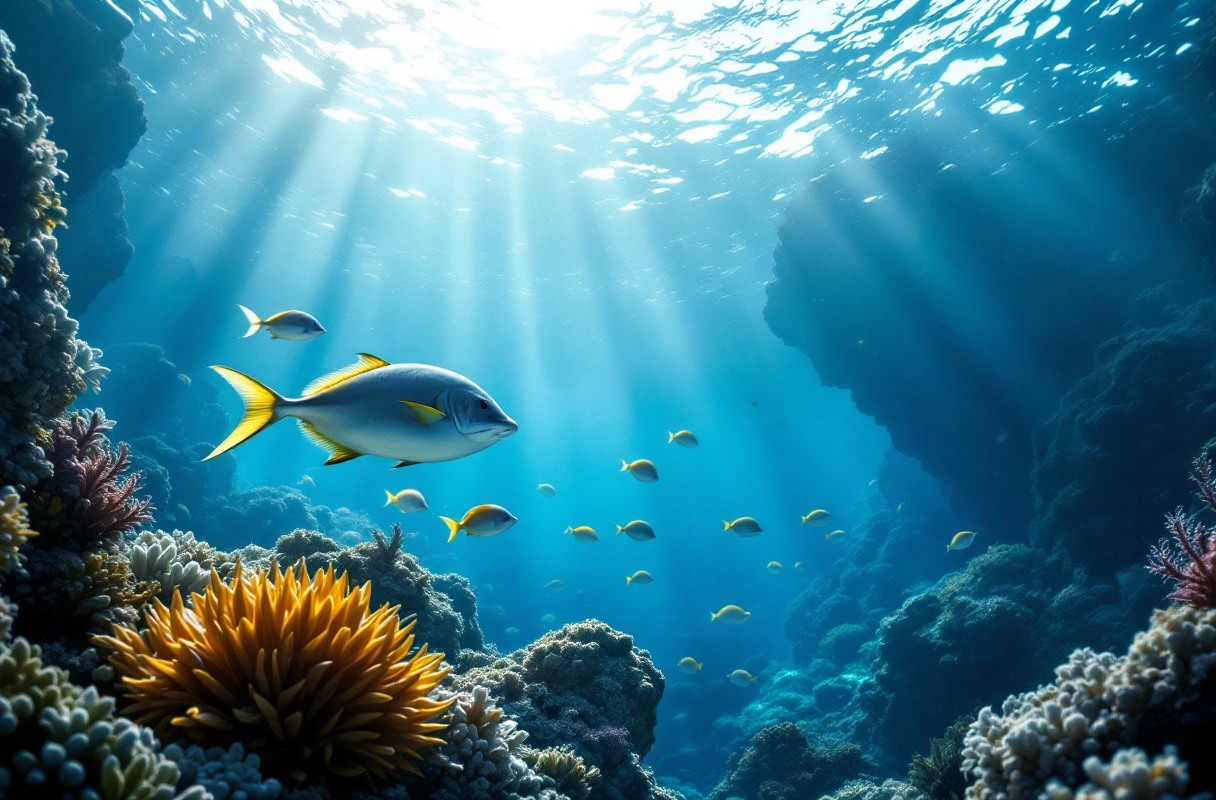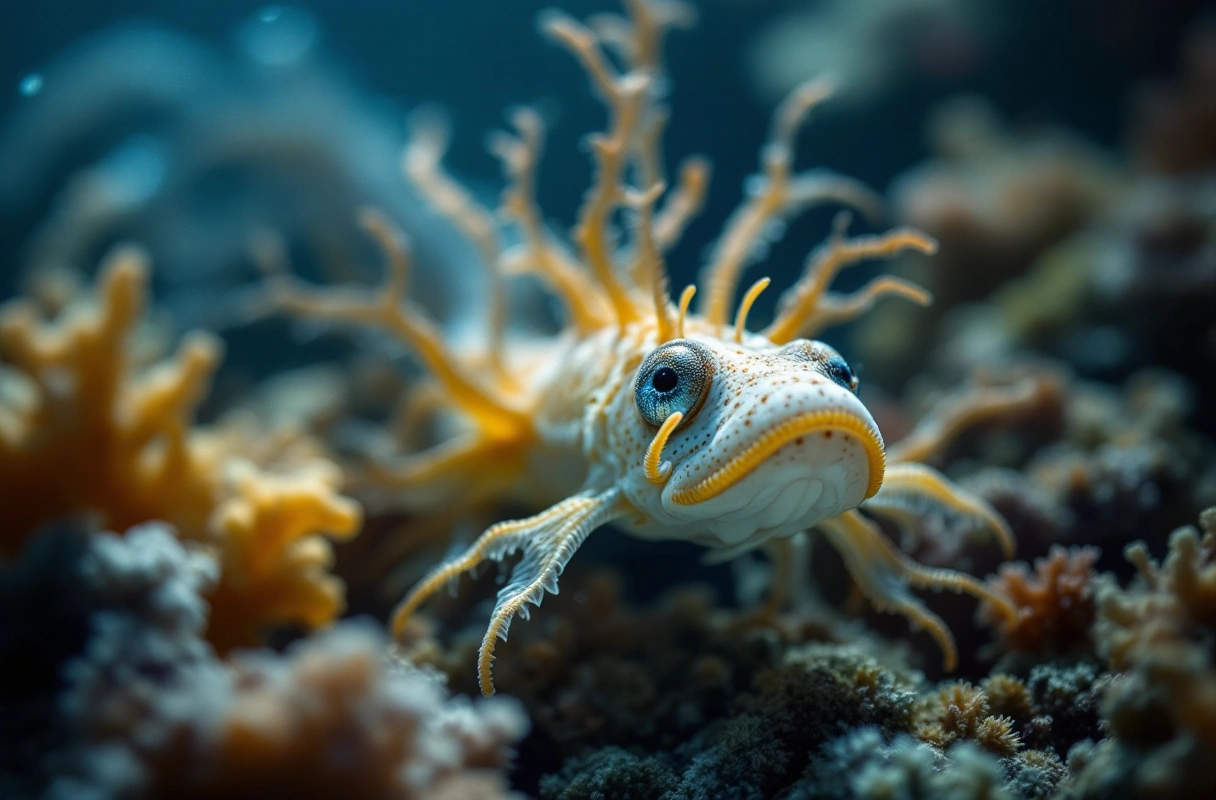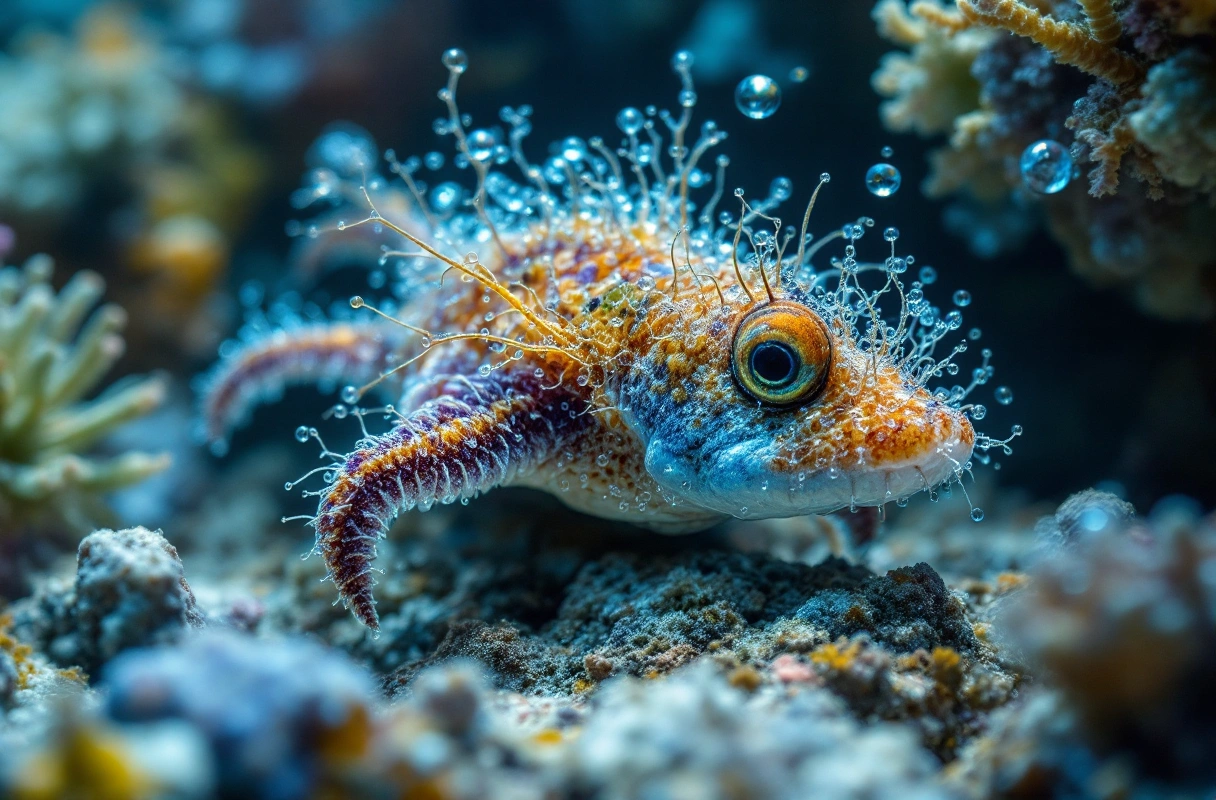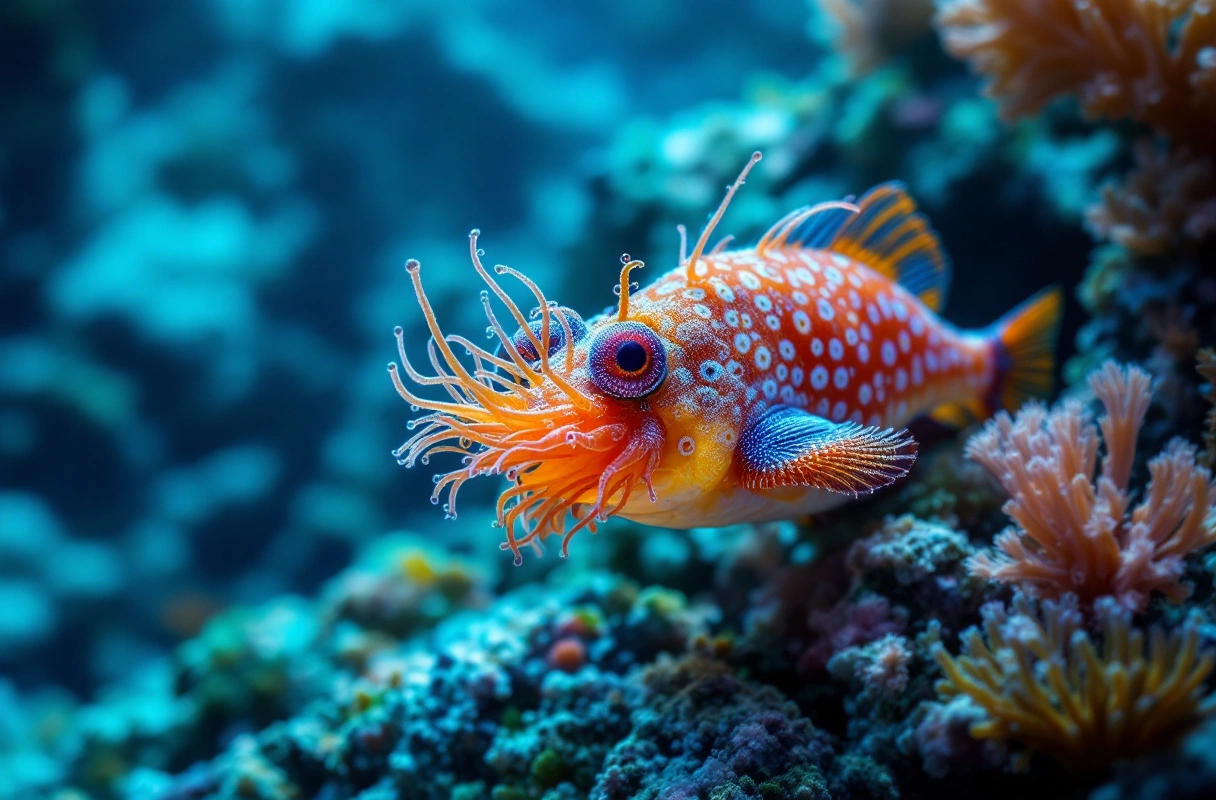
The ocean, covering over 70% of our planet, is teeming with life. Sea creatures, ranging from the majestic blue whale to the tiniest plankton, form a complex web of ecosystems that sustain not only marine life but also life on land. For beginners interested in marine biology, identifying these creatures can be both a rewarding and challenging experience. This guide aims to equip you with essential tips and insights to help you recognize and appreciate the diversity of sea creatures.
Understanding how sea creatures adapt to their environment is crucial for effective identification. Adaptations are features that enhance survival in specific habitats, and they can be physical, behavioral, or physiological. Whether you're exploring tide pools, snorkeling in coral reefs, or simply observing from the shore, knowing these adaptations will deepen your appreciation for marine life.

Identifying sea creatures involves several key factors. Beginners should focus on various attributes such as habitat, physical characteristics, and behavior. Understanding these elements can significantly enhance your ability to recognize different species.
Habitat: Different sea creatures thrive in specific environments. For instance, coral reefs are home to a diverse array of species, while the deep sea hosts unique organisms adapted to extreme conditions. Familiarizing yourself with the habitats can help narrow down your identification process.
Physical Characteristics: Pay attention to size, color, shape, and texture. For example, the vibrant hues of a clownfish can set it apart from other fish in a reef. Invertebrates like jellyfish have distinct bell shapes and tentacle arrangements that can aid in their identification.
Behavior: Observing how a creature interacts with its environment can provide clues to its identity. For instance, the way a sea turtle swims or a crab scuttles across the sand can help you determine the species.
To accurately identify sea creatures, consider using the following tools:
Field Guides: Invest in a comprehensive field guide specific to your region. These books often contain photographs and descriptions that can aid in identification.
Mobile Apps: Several apps, such as iNaturalist and Marine Debris Tracker, allow you to take pictures of sea creatures and receive identification help from the community.
Online Resources: Websites like MarineBio and the World Register of Marine Species provide extensive databases and resources for identifying marine life.

Adaptation is vital for the survival of sea creatures in their respective habitats. Various adaptations allow them to thrive in different environments, from the shallow coastal waters to the deep sea. Understanding these adaptations is essential for identification and appreciation.
Physical Adaptations: These are the most visible changes that help creatures survive. For example, the streamlined body of a dolphin allows it to swim efficiently through water, while the hard shell of a sea turtle protects it from predators.
Behavioral Adaptations: Some sea creatures exhibit behaviors that enhance their survival. For instance, octopuses can change color and texture to camouflage themselves against predators or to communicate with others. This behavior can be a significant clue in identifying species.
Physiological Adaptations: These adaptations involve internal processes that enable creatures to thrive in specific conditions. For example, certain fish have developed specialized gills that allow them to extract oxygen from the water more efficiently, enabling them to survive in low-oxygen environments.
Seahorses: These unique creatures have evolved to have prehensile tails that allow them to anchor themselves to coral and seagrass, avoiding strong currents and predators.
Anglerfish: Found in the deep sea, anglerfish possess bioluminescent lures that attract prey in the dark depths of the ocean. Their ability to camouflage is another key adaptation that aids in hunting.
Clownfish: These colorful fish have a mutualistic relationship with sea anemones. Their mucus-coated skin protects them from the anemone's stinging tentacles, allowing them to seek refuge from predators.

Even seasoned marine enthusiasts can make mistakes when identifying sea creatures. Being aware of these common pitfalls can enhance your observational skills and improve your identification accuracy.
One common mistake is ignoring the habitat context of a sea creature. For example, a fish seen in a tidal pool may not be the same species as one found in deeper waters. Always consider the environment when attempting to identify a creature.
While color can provide valuable clues, it can also be misleading. Many species exhibit color variations based on their environment or stress levels. Instead, observe multiple characteristics such as shape, size, and behavior for a more accurate identification.
Another frequent error is failing to consider the size of the creature in relation to its environment. Many sea creatures can vary significantly in size, and misjudging this can lead to incorrect identification. Always take note of scale when observing a creature.
To deepen your understanding of sea creatures and marine biology, consider utilizing various resources. These can enhance your knowledge and identification skills.
"The Encyclopedia of Marine Animals": A comprehensive resource detailing various species, their habitats, and adaptations.
"Coral Reefs: A Very Short Introduction": This book provides insights into the complex ecosystems of coral reefs and the creatures that inhabit them.
Coursera: Offers courses on marine biology that cover topics such as ecosystems, species identification, and conservation efforts.
edX: Provides free online courses from universities that focus on marine life, oceanography, and environmental science.
Engaging with local marine biology communities can enhance your learning experience. Consider:
As you explore the fascinating world of sea creatures, remember that the journey of learning is ongoing. The Banana Slug Club is dedicated to nurturing curiosity about nature, science, and the environment. By engaging with our resources, you can enhance your understanding of marine life and its intricate ecosystems.
As a nature enthusiast, student, or child eager to learn more about the world around you, the Banana Slug Club offers a wealth of information and activities that cater to your interests. Whether you are looking to identify sea creatures or delve deeper into marine biology, we encourage you to explore our website for more resources.
We invite you to join us in our mission to inspire a love for nature and science. Visit our website or contact us for more information about upcoming events, educational resources, and community initiatives. Together, we can foster a deeper appreciation for the ocean's wonders and the myriad sea creatures that inhabit it.
In conclusion, this guide has provided you with essential identification tips and insights into how sea creatures adapt to their environments. With the right tools and resources, you can embark on your journey to explore and appreciate the diverse world of marine life. The ocean is waiting for you to discover its secrets, so dive in and start your adventure today!
Get free resources, early access to new features and updates.
No spam. Just fun educational emails!